2021 Annual Report:
There was a time when the Indianapolis Zoo—once called the Washington Park Children’s Zoo—was a local attraction nestled inside an eastside city park. These days the Indianapolis Zoo is a sprawling complex of wildlife habitats that anchors the west end of the White River State Park. It is home to an aquarium and botanical gardens, and it typically attracts more than a million visitors annually, many from beyond Indiana’s borders.
It’s also home to the Indianapolis Prize, conservation’s richest and most prestigious award, as well as the Global Center for Species Survival, the world’s only centralized resource for conservationists working to preserve wildlife around the globe. Both have been funded by a series of Lilly Endowment grants designed to strengthen the zoo’s commitment to support worldwide conservation efforts.
How did what was once a modest little zoo in a small park in a mid-sized city in the American Midwest become a multi-faceted, internationally known conservation powerhouse? By thinking big.
Indianapolis Prize
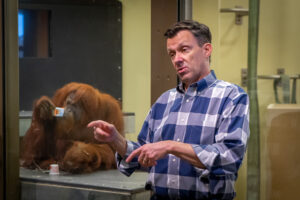 “Conservation is one of the most crucial aspects of any zoo’s mission,” says Dr. Rob Shumaker (left), president and CEO of the Indianapolis Zoo. Conservation is also the heart of the Indianapolis Prize, a biennial award recognizing an individual who has made extraordinary contributions to wildlife conservation. The winner receives $250,000. An additional five finalists receive $50,000 each.
“Conservation is one of the most crucial aspects of any zoo’s mission,” says Dr. Rob Shumaker (left), president and CEO of the Indianapolis Zoo. Conservation is also the heart of the Indianapolis Prize, a biennial award recognizing an individual who has made extraordinary contributions to wildlife conservation. The winner receives $250,000. An additional five finalists receive $50,000 each.
Since first being awarded in 2006, the Indianapolis Prize has raised the Indianapolis Zoo’s visibility internationally, Shumaker says. “The Indianapolis Prize distinguishes us within the zoo community in this country and around the world. It’s a point of pride for our institution because it makes clear that we are committed to conservation and communicates that commitment locally, nationally and internationally.”
The 2021 Indianapolis Prize (the 2020 award was delayed for a year due to the COVID-19 pandemic) went to Dr. Amanda Vincent (below), the world’s leading authority on seahorse biology and conservation. Founder of Project Seahorse at the University of British Columbia in Canada, Vincent was the first person to study seahorses in their natural habitat, document the worldwide seahorse trade and create a seahorse conservation project. A finalist for the Prize in 2010 and 2016, Vincent was the first marine conservationist to win it. It was gratifying, she said, both professionally and personally.
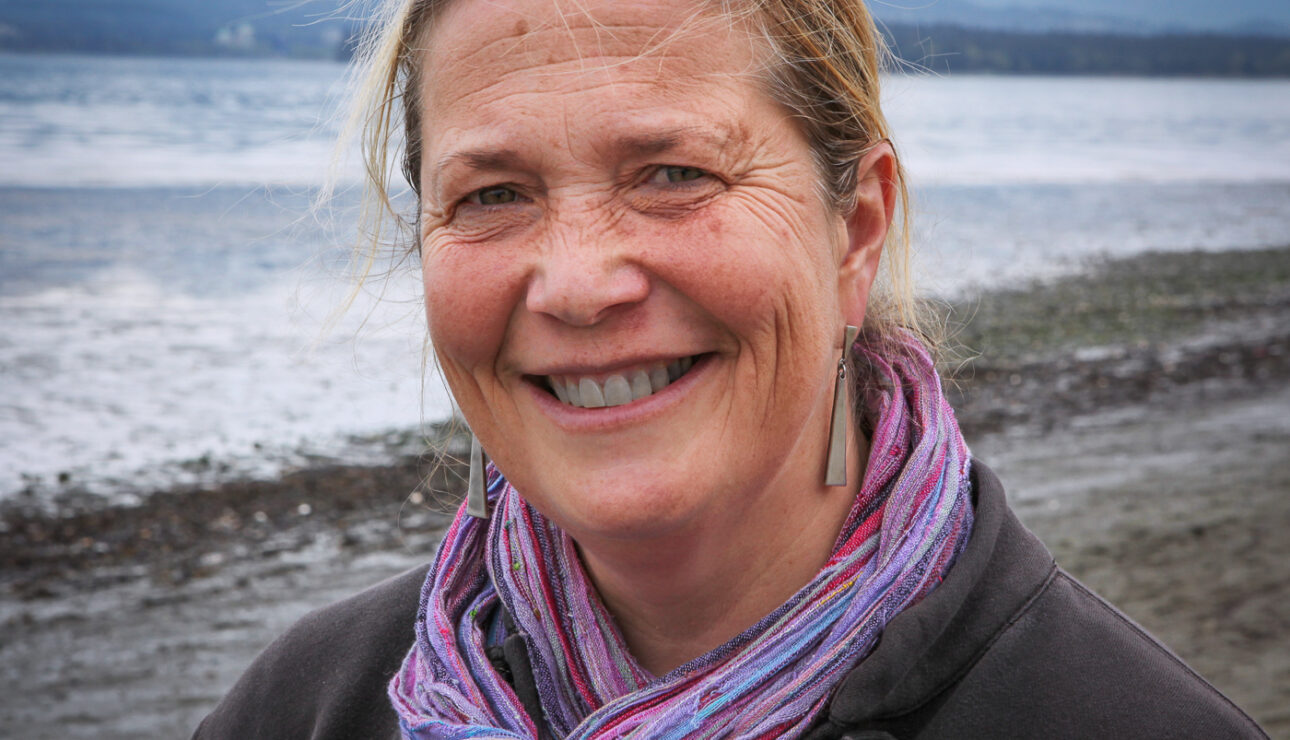
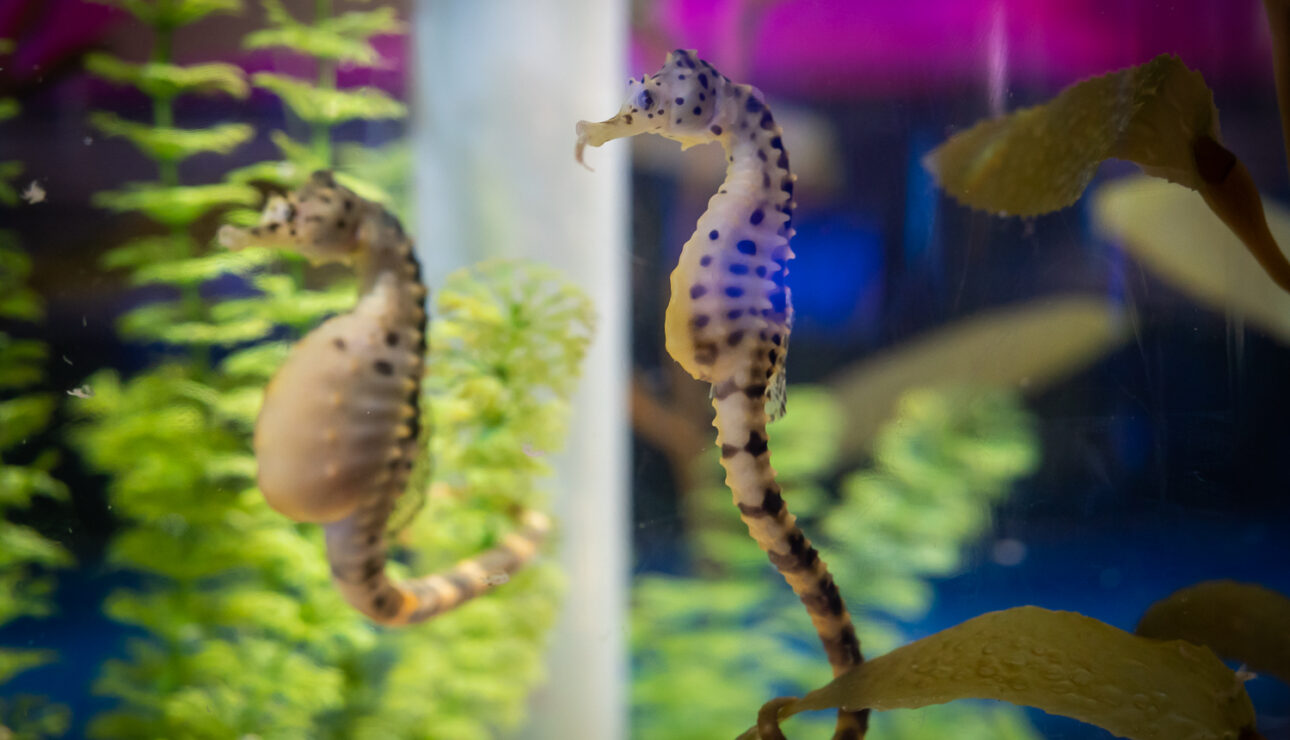
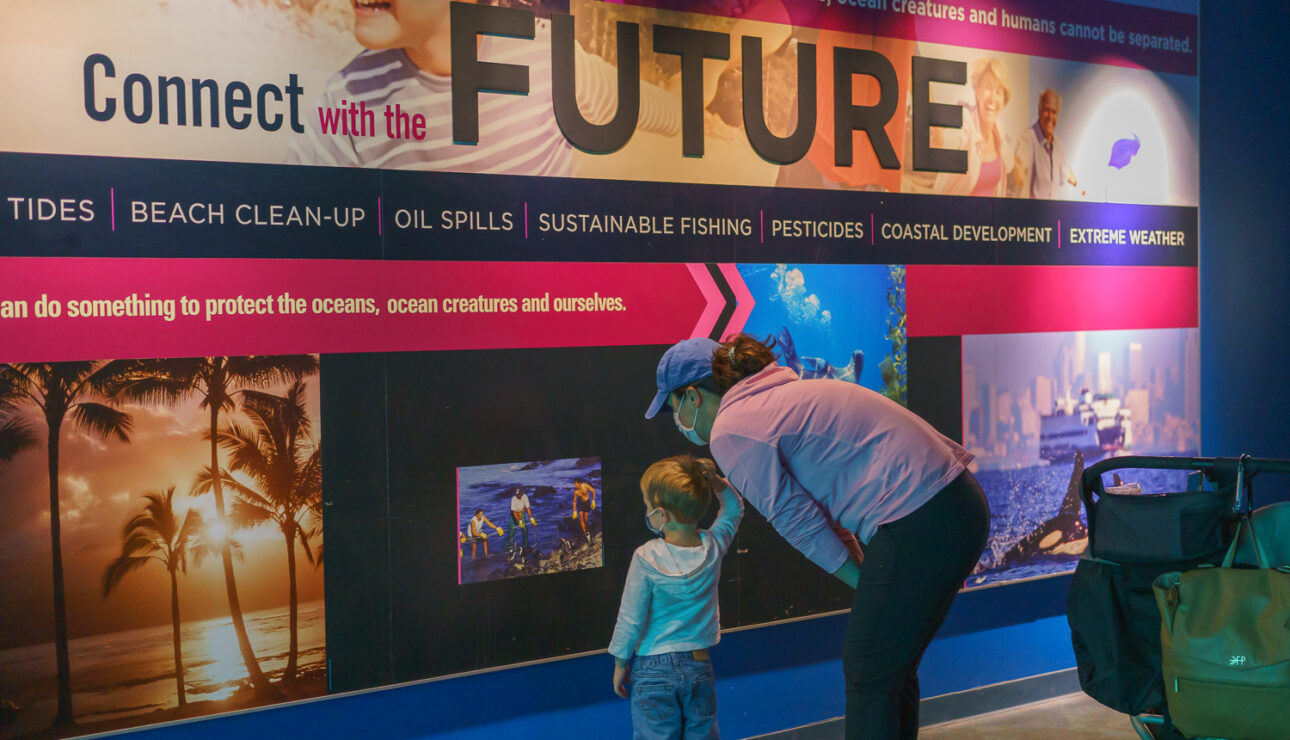
“Conservation is a slog,” Vincent says, speaking via Zoom from her home in British Columbia. “If you’re trying to effect change, you work really hard. You hardly get time for a respite. So, winning the Indianapolis Prize was validation of all the hard work I’ve been doing for so long.”
It was also validation that all that hard work meant something, arriving as it did at a point when she was exhausted and dispirited. “It was a kick in the pants at a time when I needed it.”
The Indianapolis Prize has birthed two offspring—the Jane Alexander Global Wildlife Ambassador Award and the Emerging Conservationist Award. The former, which debuted in 2012, is given to a public figure with an abiding commitment to conservation. The 2021 award went to His Serene Highness Prince Albert II of Monaco.
The Emerging Conservationist Award will be given for the first time in 2023. It’s a $50,000 award that will recognize a conservationist under the age of 40 who is making significant contributions to species conservation.
While the Indianapolis Prize has a positive impact on the lives of its recipients, it also benefits its bestower. “The Prize brings distinguished conservationists to the zoo,” Shumaker says. “Over time, we’ve built a group of elite conservationists we can consult with, which has boosted our ability to function in really elevated ways in our own conservation efforts.”
Those efforts include supporting the field work of conservationists around the world who increasingly regard the Indianapolis Zoo as an important ally. “Conservation is a massive challenge with a really large number of people involved all over the world,” Vincent says. “The Indianapolis Prize was sorely needed to provide the conservation community with a beacon of recognition.”
It was also the springboard for an even more ambitious undertaking—the Global Center for Species Survival.
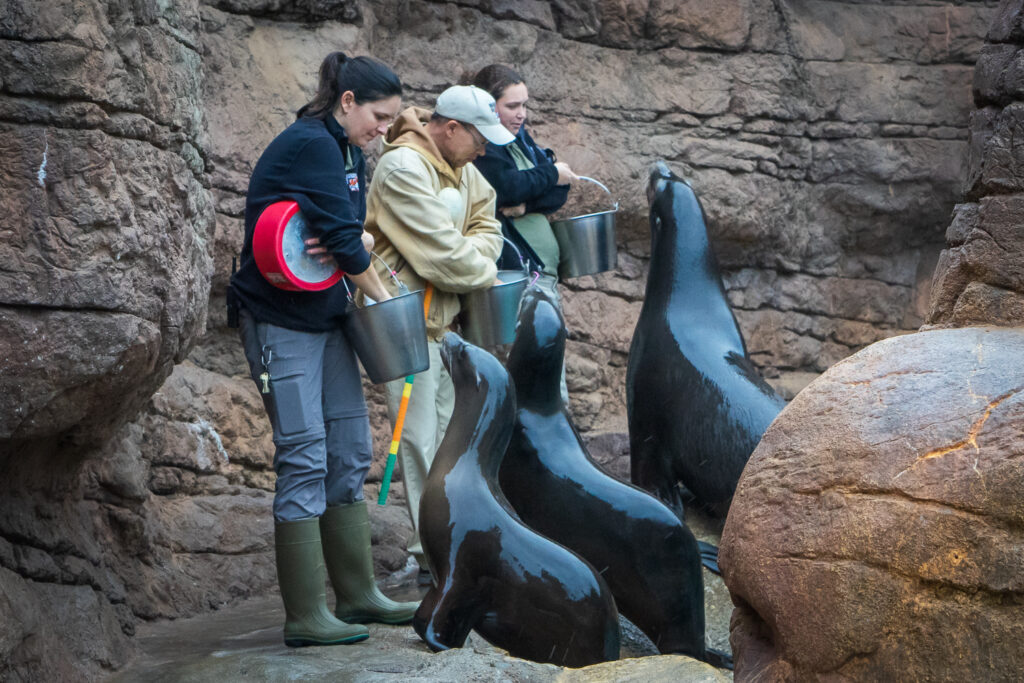
The Global Center for Species Survival
If the Indianapolis Prize raised the zoo’s profile among conservationists around the world, its most recent initiative makes the zoo one of the most significant conservation resources in the world. The Global Center for Species Survival (GCSS), an entity created through a partnership between the zoo and the International Union for Conservation of Nature (IUCN) and its Species Survival Commission, is home to a team of experts from various conservation specialties who assist their colleagues around the world by gathering and disseminating information about various conservation efforts.
Originally conceived in 2017 by Michael Crowther—Shumaker’s predecessor who led the zoo in creating the Indianapolis Prize—in tandem with SSC leaders as a way for the zoo to support the work of that commission’s 10,000 members, the GCSS headquarters is a newly constructed facility at the zoo. Its purpose is to gather and disseminate information about such critical issues as biodiversity, climate change and illegal wildlife trade. It also helps the IUCN determine species in danger of extinction and develop plans to save them.
Riley Pollom is GCSS coordinator of marine conservation. Previously he worked on projects for Parks Canada, the Wildlife Conservation Society in Canada, the Nature Conservancy of Canada, the Canadian Wildlife Service and the Calgary Zoo. He moved to Indianapolis to join GCSS staff because its mission aligns with his own, which is to help conserve and restore the planet’s biodiversity and ecological integrity.
Besides working on behalf of the SSC’s members, Pollom and GCSS’s other experts will work with zoos, aquariums and botanical gardens around the world. “We provide connections between the SSC and this community to ensure the conservation work happening in the zoo community is aligned with and complements that done in the field,” he says.
GCSS staff of experts will help inform the public about the conservation work being done worldwide.
“We want to be an easy source for the public and the media to turn to for information and to connect with conservationists worldwide,” says Bill Street, the zoo’s senior vice president for conservation, education and life sciences. He is also the GCSS director.
The GCSS will enhance and expand the SSC’s ability to develop effective conservation projects, according to Jon Paul Rodriguez, who chairs the commission. “The Global Center for Species Survival has dramatically increased our capacity to provide staff support to SSC groups,” Rodriguez says. “Over the last few years, we have increased our emphasis on conservation action, so more effective groups with greater focus on conservation action increase our delivery of international conservation efforts.”
Though its focus is international, the center is equally a local asset. It’s partnering with area higher education institutions to provide internships to students so they can learn by interacting with GCSS experts. “We want to inspire young people to get involved in conservation efforts and species survival,” Street says.
Because it will bring experts to Indianapolis for meetings and convocations, according to Shumaker the GCSS will elevate the city’s reputation. That will not only benefit the city economically but also enable the zoo to bring internationally known conservationists to speak at local colleges and universities. Shumaker says, “Being home to the Global Center for Species Survival expands the zoo’s institutional expertise, increases its educational capacity and strengthens its impact and reach.”
Since 2019, Lilly Endowment has made a series of grants to strengthen the Indianapolis Zoo’s efforts to raise awareness of worldwide conservation efforts:
$4 million in 2019 for the zoo to collaborate with the International Union for Conservation of Nature to establish a nine-member species survival team, which is headquartered at the zoo’s Global Center for Species Survival (GCSS)
$10 million in 2019, including a $5 million restricted endowment for the zoo’s Indianapolis Prize, a biennial award of $250,000 that has become known as the “Nobel Prize” for international wildlife conservation efforts, and $3 million to expand and enhance the space for the GCSS
$400,000 in 2021 for the zoo to increase the award for the Indianapolis Prize’s five finalists from $10,000 to $50,000 each